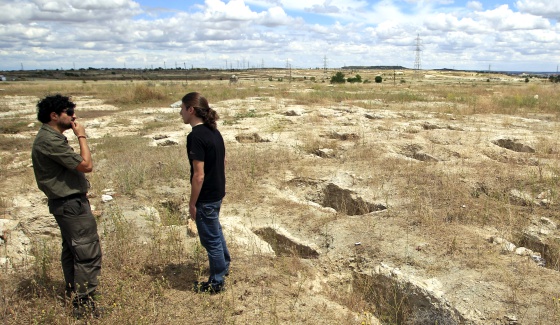 An analysis of 17 skulls from Sima de los Huesos in the Atapuerca Mountains of northern Spain indicates that they have distinct Neanderthal traits, including robust lower jaws, small teeth at the rear of the jaw, and thick brow ridges with a distinctive double arch.
An analysis of 17 skulls from Sima de los Huesos in the Atapuerca Mountains of northern Spain indicates that they have distinct Neanderthal traits, including robust lower jaws, small teeth at the rear of the jaw, and thick brow ridges with a distinctive double arch.Yet they also have relatively small brains and other primitive features. Paleoanthropologist Juan Luis Arsuaga of Complutense University and his colleagues report in Science that the fossils represent the “oldest reliably dated” specimens of proto-Neanderthals, at 430,000 years old.
“It is now clear that the full suite of the Neanderthal characteristics did not evolve at the same pace,” he told Phys.org. The discovery also suggests that Neanderthals and modern humans developed their big brains independently.
[Source]













